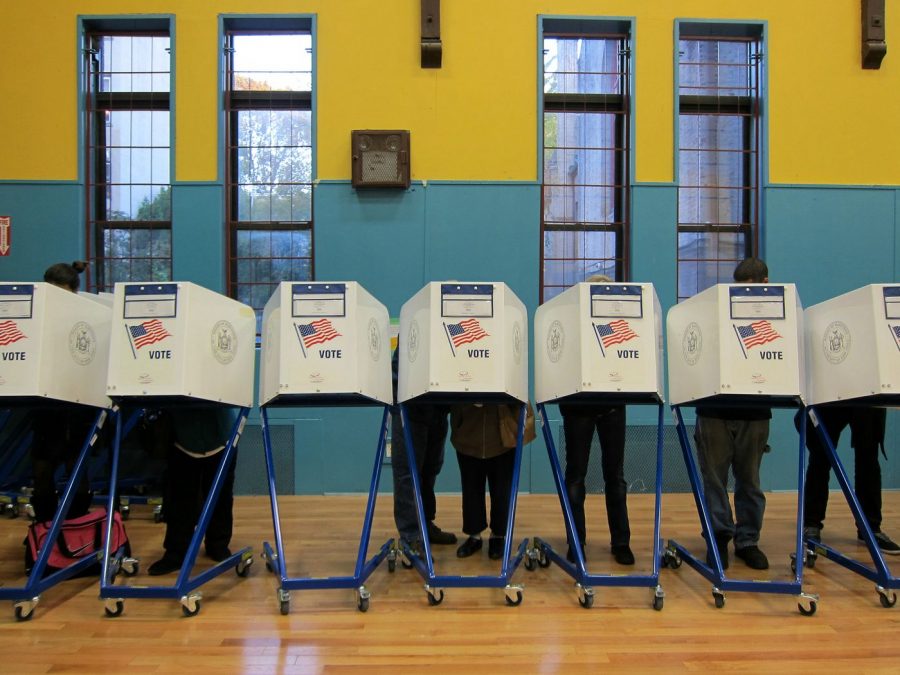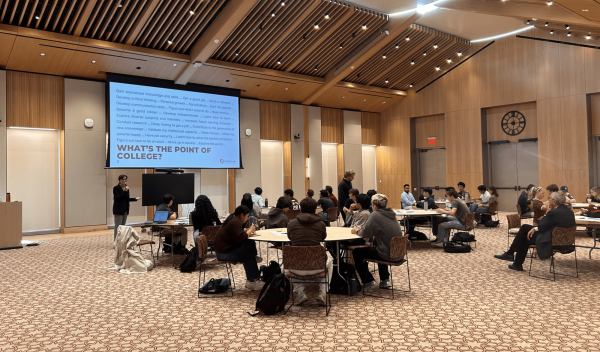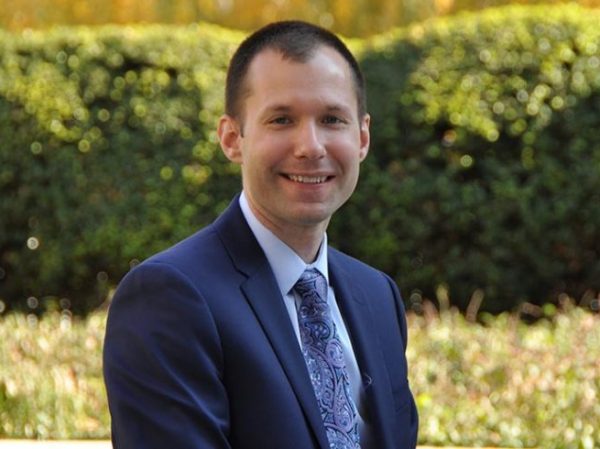New York City Moves to Ranked Choice Voting
In late 2019, the New York City Charter was updated to begin using ranked-choice voting in local elections, making it the largest city within the United States to adopt this voting system.
73.5% of voters within New York City approved the new measures. The updated City Charter states that all special and primary elections for local offices will use ranked-choice voting. This includes the Comptroller, Borough President and City Council races alongside the Mayoral Race.
New York City’s Campaign Finance Board’s website explains both the mechanics of ranked-choice voting and its benefits compared to traditional First-Past-the-Post voting.
Instead of the ballot being a list of names with a bubble to fill in, voters will see a table with a column of names and rows of bubbles corresponding to each name.
In the first column of bubbles, voters will fill in the bubble next to their top choice candidate’s name. In the second column, they can fill in the bubble corresponding to their second choice. In the third column, they can indicate their third choice.
If a single candidate is a top choice for over 50% of voters, that candidate is automatically given the victory.
If no candidate reaches the 50% threshold, then the ranked-choice voting comes into play. The candidate who gathered the least amount of votes is eliminated from the ballot. Voters whose top choice was eliminated in this way will instead have their next highest choice used.
Candidates will continue to be eliminated until one candidate gathers over 50% of the total votes.
While candidates are still competing against as they would in any previous mayoral race, they now focus on more than being a voter’s first-choice candidate. Being a second, third or even fourth choice can be strategically important for victory. Campaigns may see a shift from negative attack ads against competing candidates and instead see ones that focus on appealing directly to voters and fighting for more than just the top spot. Having a wider audience appeal and broad support may allow candidates to secure second, third or fourth choice spots on voters’ ballots.
Not everyone is a fan of ranked-choice voting. Although it is now law in New York City, some lawmakers believe it will disenfranchise minority voters.
On the other hand, ranked-choice voting has been linked to increases in the number of women and BIPOC running for elected office. As New York is a diverse and dynamic city, supporters are hopeful that the use of ranked-choice voting will diversify those in local and state elected offices. The decision to use ranked-choice voting continues to be divisive; this upcoming mayoral race will likely determine whether or not it remains in place in New York City.
Another race that will use ranked-choice voting — and directly impacts Fordham students — is the BX-15 city council race, which Fordham students can vote in as long as they register by Feb. 26th. In the event the university sends its students home, they may still vote via absentee ballots.
Ranked-choice voting was supported by a majority of New Yorkers, as the 2019 ballot measure passed with 73.5% of voter support. Implementation of the new system is meant to change the way residents think about voting.
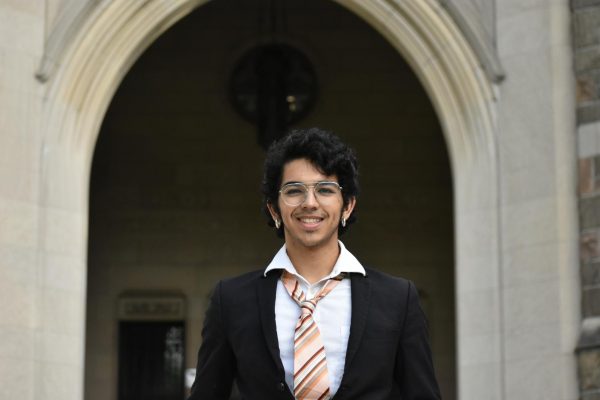
Sebastian Diaz is a senior from Chapel Hill, N. C. who is double majoring in journalism and film. After starting as a news reporter for The Fordham Ram...
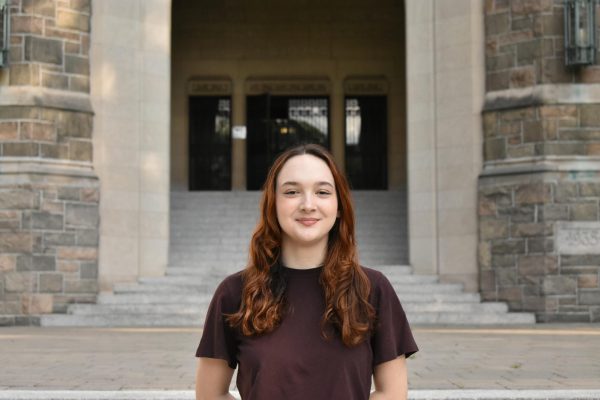
Samantha “Sam” Minear is a senior from Long Branch, N. J., majoring in international studies and communications. She started as a contributing writer...





































































































































































































